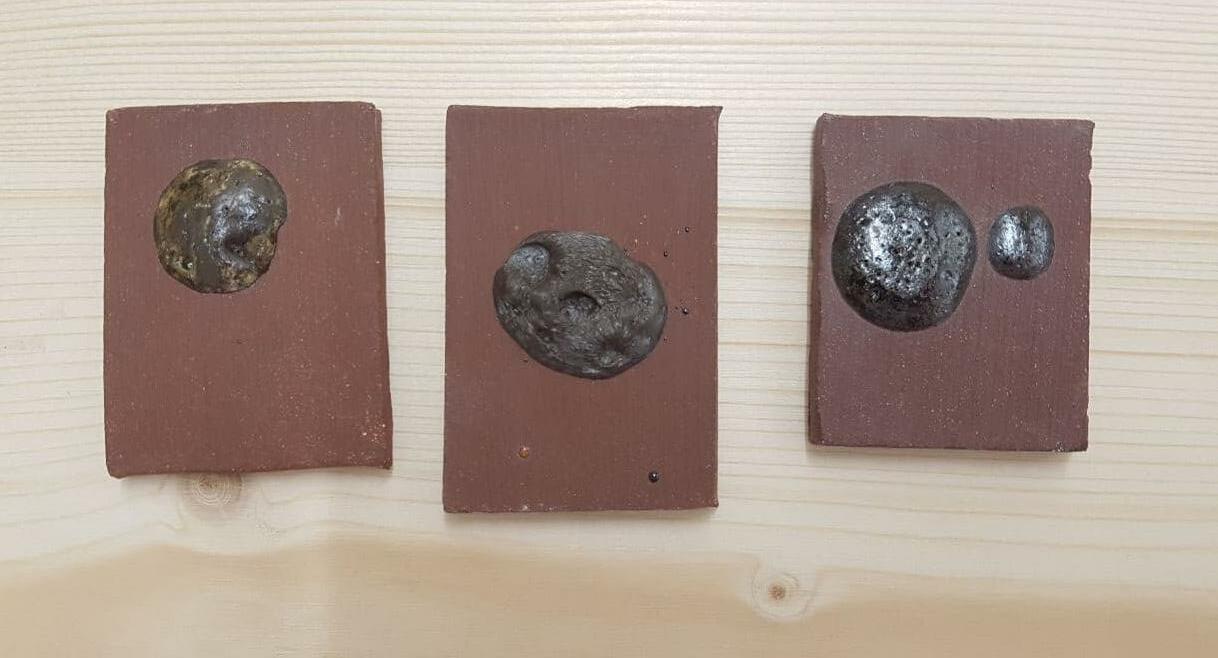How did we end up at construction sites? Not every old brick factory got turned into a nice green space. Some were simply demolished, and nearby clay deposits were sealed with a layer of concrete, asphalt and new buildings. This is precisely what happened to the XVIII century site in Bacherplatz, in the 5th district of Vienna. In the summer of 2020, excavation work began at this location for the relocation of various installations prior to the construction of the Reinprechtsdorfer Straße U2 subway station. The work proceeded under the supervision of archeologists, who predicted possible finds based on historical maps and data. The results of their research, including a map of the old brickyard, can be seen at the website of Stadtarchäologie Wien. The profile of a 4 meter deep drilling proved that the clay pits had been backfilled at some point. The finds included both fragments of even older medieval bricks, and a 19th century ceramic bottle, probably from the time of backfilling, all surrounded by the old/new, freshly opened clay deposit.6 One day, we asked the construction workers if we may take a lump of clay from what they dug out. ‘Of course,’ they said enthusiastically, ‘you can take as much as you want!’ – and handed me a heavy piece over the fence. This is how the research started. Half a year later, more and more construction work are happening in the area, also north, near the station Pilgramgasse, and south, around Matzleinsdorferplatz. The machines you see most often are drilling rigs. Next to them, you can see piles of sand and wet clay. Construction companies are not very fond of archeological work since it usually stops the progress of a site. Likewise, they are not keen on clay, which is 11
Issuu converts static files into: digital portfolios, online yearbooks, online catalogs, digital photo albums and more. Sign up and create your flipbook.







